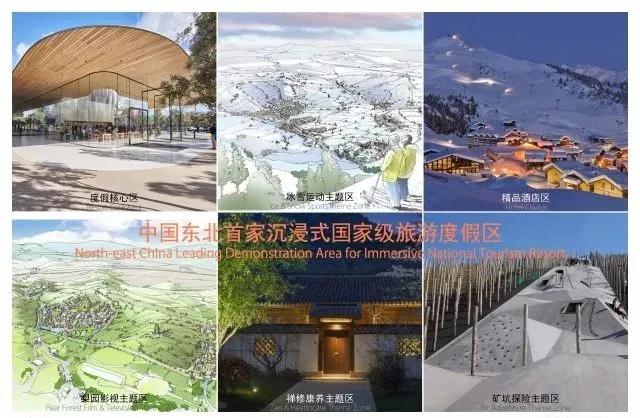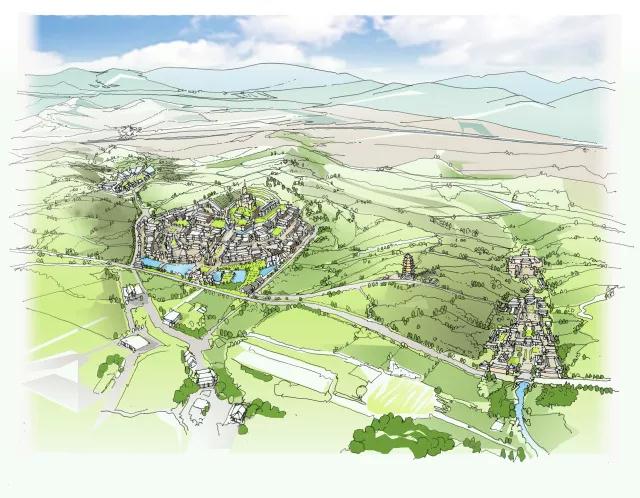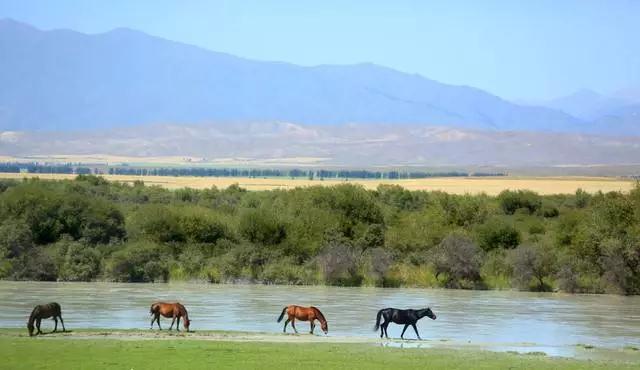News Information
2018-07-13
Haskoll Projects丨The first northeast China leading demonstration area for immersive national tourism resort will come soon!
Changchun Lotus Mountain Planning • National Tourist Resort Conceptual Planning Project
Project Team Introduction
Sign-Off Director : Henry Yang
Project Manager: Aggie Cao
Team Members: Will Han, Jie Yang, Troy Zhao, Guosheng Huang
Changchun Lotus Ecotourism Resort is located at the Changbaishan Mountain of East Changchun, JiLin province. The planning control area is 417 square kilometers. To the east is the Shitoumenko Reservoir—Yinma River from JiLin; the site area connects with the Changchun Jingyue Development Zone and Shuangyang District to the south and the west borders on downtown Changchun. The north is close to the Changchun Technology Development Zone and Jiutai.
Haskoll’s proposal is to build a national tourism resort based on ski, summer resort, recreational sports, etc. and make Lotus Mountain a world-wide international tourist resort. The research scope of this plan establishes it to be at the center of Lotus Mountain ski resort and surrounding resources, covering Lotus Mountain Northeast region. Satisfying the relevant preconditions of setting up a national level tourist resort is the first priority, combining the ecological and environmental protection requirements of Lotus Mountain. Haskoll’s proposal is reasonable in terms of markets positioning and a well defined scope of project area. At the time this will have a realistic level of construction based on high level planning.
Haskoll was honored to participate in a open tendering of this project and won the bidding. Through the analysis of the project site’s geographic location, accessibility, the interpretation of the master plan, current site’s conditions and regional resources, Haskoll came up with a SWOT analysis.
Based on the analysis of standard examples and resort market, we put forward a clear Customer group positioning, project positioning and image positioning. The project is positioned as: Northeast Asia Immersive National Tourist Resort with themes including: ice and snow sports, film and television theme, Zen and health, local cultural experience, Quality vacation life. The Vision orientation is: ‘Enjoying the four seasons, hearts to the lotus.’
The six project areas include a resort core area and five theme functional areas. The Resort Core Area - Wonderful (Vacation Core Area). The five theme areas are: scene (Liyuan Film and TV Theme Zone), Zen (Meditation Theme Area), YUE (Mine Adventure Theme Area), Secluded (Boutique Hotel Area), and Quiet (Ice & Snow Sports Theme Area).
All Season Resort’s planning area is about 34.5 square kilometer. Its western region is bordered by current Shuanglong Road, the northern and eastern regions are bordered by Water source protected area, and the southern region is bordered by other projects sites. On the basis of the boundaries, using the quantitative analysis methods, data visualization, decision tree, factor matching weight, big data and other technical means within the company's self-developed "Smart Design" system, drawing on past experience of actual projects and combined with the theme of the case, Haskoll deliniated a specific construction land of about 6.8 square kilometers.
Since most of the project construction land is relatively far away from the west side of the planning area and the current main road, Long Shuang Highway, Long Shuang Highway is used as the exterior road of the resort and there will be a reoganisation of the internal road transportation system of the resort. The re-planned main road inside the resort is connected in series with each project area, and combined with the primary and secondary entrances to plan a centralized parking area to meet the needs of visitors for transfer. The minor roads are connected by mountain walkways, waterside plank paths, hiking expedition routes, meditation experience routes, landscape paths and group walking roads.
In addition, Haskoll have proposed a wide range of IP resources for specific functional formats, content design and operations.




